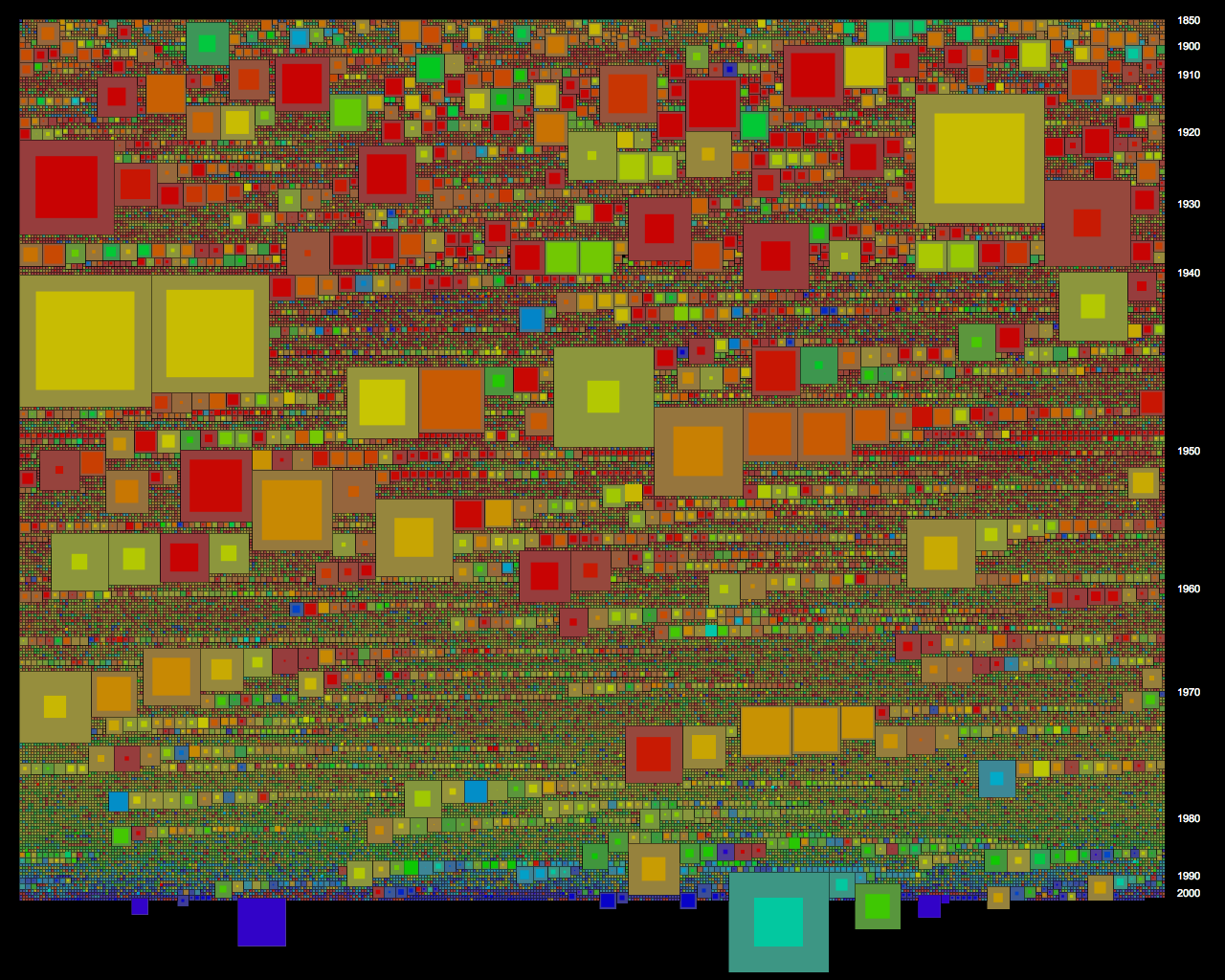 |
| myTram data forms - laser cut/etched ply and perspex from Ponoko |
Trams are critical in the definition of Melbourne urban form and culture as a primary and iconic mode of transport for inner city residents and visitors. Trams unlike trains follow the main streets, the tram network mirrors the principal geometries of the inner city grid and rotated CBD grid and as such is recognisable even to residents who do not use trams. Each route has distinct corners, bends, branches or kinks and so even a small portion of the network is identifiable.
Mapping personal use of the tram network - frequency and destination of trips, as well as the time spent at and walking range around destinations, gives a dataform that reveals substantially how the city is inhabited. As wearable jewellery or other intimate use object such as placemat or coaster, myTram is intensely personal and richly meaningful, able to prompt memory, discussion and movement from an intuitive and implicit understanding of the city to one that is more explicit.
GPS locations for each tram stop allowed accurately scaled drawing of stop locations which were matched with lists of stops on each route to approximately locate routes by drawing straight lines between stops. The route lists had misplaced stops which were removed by filtering for outlying distances between stops. As stops were located on both sides of the road and routes had travel in two directions there were selection interface issues that were exacerbated once myTrips and myStops were added. These issues were overcome with switches that could be toggled to narrow selection possibilities.
 |
| myTram interface - routes through Domain Interchange highlighted |
 |
| myTram interface - myTrip Route 8 along Chapel St highlighted |
 |
| myTram interface - editing time spent at and walk radius around myStops |
While graphic representation on screen allowed relatively detailed information to be encoded with layered transparencies and fine lines, augmented with popups and rollovers, and navigated with filtering buttons, the laser cut data forms had to be significantly simplified to be legible. A thicker line weight was required for structural integrity and only two depths of etching were employed to ensure high contrast.
The final form was refined to just myTrips with no contextual information (grid and other routes were removed) and only two modes of trip frequency (frequent, thick line; and infrequent; thin line), time spent at myStops (primary, large radius and deep etch; and secondary, medium radius and shallow etch), and walk range around destination (greater than 500m, ring with 500m radius to scale; and less than 500m, no ring).
myTram is legible as an embellished section of a network diagram.
I reviewed this project again, now in the context of thinking about the project for the NMA collections, to remind myself of the importance of context when working with data. In this project the context is urban and personal, both rich and specific. The NMA data set is much larger and much of the context of individual objects I expect to be more ambiguous or abstract - time, location, like items. I will have to be careful in drawing together any narrative that it is appropriate.
